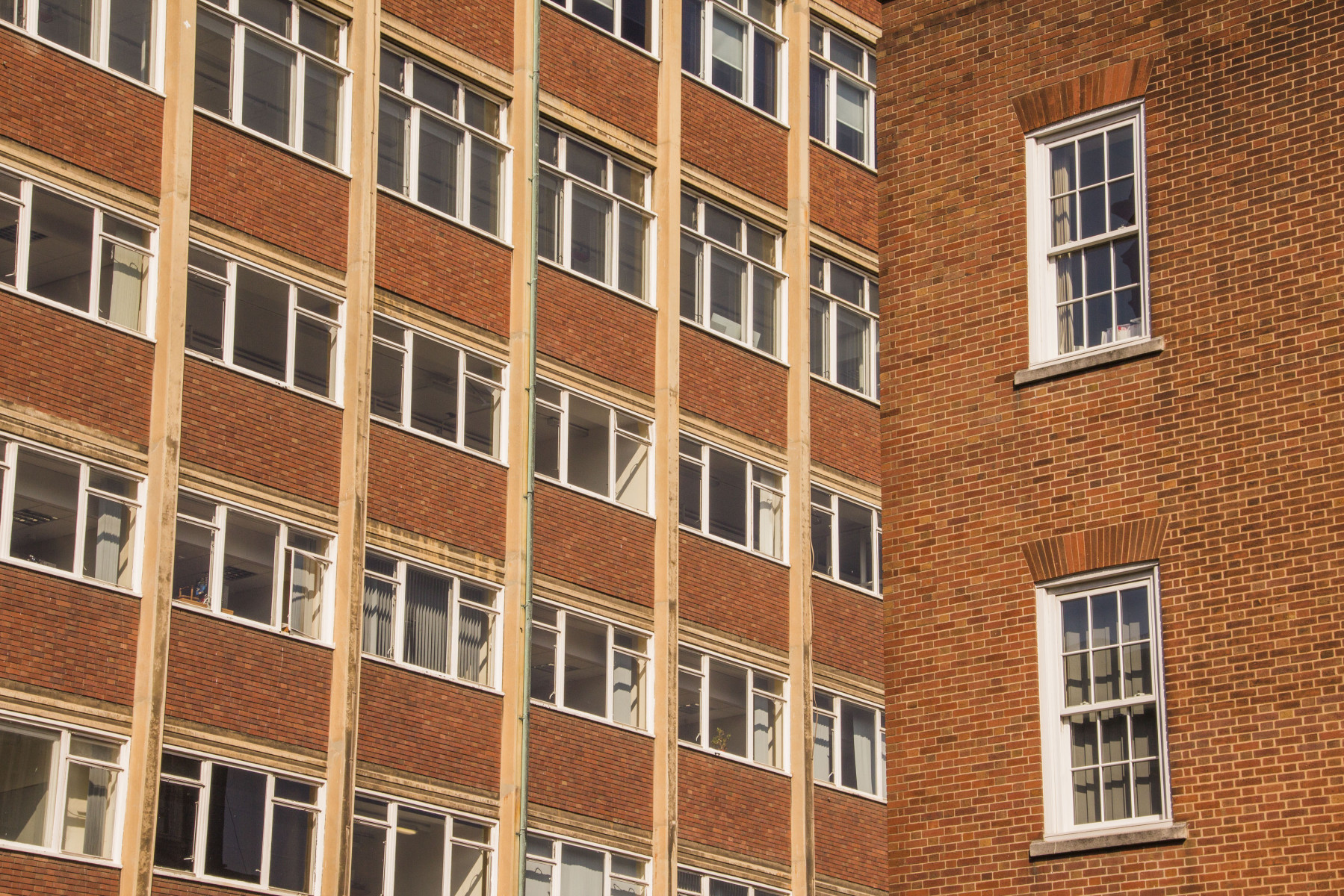As the University continues to celebrate its bicentenary, a group of experts from The University of Manchester are seeking to revive the history of one of the city’s most influential families through the publication of a new book: The Simons of Manchester.
Published this week by Manchester University Press, the volume investigates the lives and public work of Henry and Emily Simon, and Ernest and Shena Simon, a family shaped by their German ancestry and Manchester’s mercantile class.
The book is written by Dr Martin Dodge, Senior Lecture in Geography, John Ayshford, Doctoral Researcher in History, Dr Diana Leitch MBE, former Deputy University Librarian of the John Rylands Library, Stuart Jones, Professor of Intellectual History, and Janet Wolff, Professor Emerita in the School of Arts, Languages and Cultures.
Although many in Manchester are familiar with the Simon name – through the University’s Simon Building, Simonsway in Wythenshawe and the Manchester College’s Shena Simon Campus – the family themselves are often overlooked in favour of other prolific local individuals. This volume aims to boost their profile by illuminating their deep contributions to public life, both locally and nationally.
The book aims to study the family collectively, by highlighting the marriages of Henry and Emily and of Ernest and Shena as strong partnerships in which the women played important roles not just as mothers and housewives but also as philanthropists, activists and public figures.
The first section of the volume, ‘Cosmopolitan Manchester and the Simons’, focuses on the four Simons as individuals; the four biographical chapters are framed by a study of Manchester’s German community. The second part, ‘The Simons’ contribution to society’, emphasises the family as a unit and spotlights their economic, social and political endeavours in Manchester.
Dr Diana Leitch said: “Emily Simon was one of the first women to be awarded an OBE in 1920, shortly before she died aged 60, for her tireless work at the Red Cross Hospital she ran in her home in very tragic personal circumstances. It was a tribute to her courage and resilience through the First World War.”
In a later chapter, ‘Burghers and citizens: The Simons and the University of Manchester’ Professor Stuart Jones and Dr Professor Chris Godden examine the relationship between the University and the Simon family. Ernest and Shena were at the heart of the University for many decades, and the family have a long connection with the institution and its precursors.
In 1898, as a leading benefactor, Henry Simon was asked to lay the foundation stone for the new Physics Laboratories for Owens College, later integrated in 1903 into The University of Manchester. It was in these same laboratories that Ernest Rutherford, Hans Geiger and their colleagues first split the atom.
Ernest Simon’s substantial personal investment in social science research – notably through the Simon fellowship scheme – was conceived as a contribution to the cause of citizenship education, to which he devoted much of his public work from the 1930s onwards.
Professor Stuart Jones comments: “As a senior lay officer at the University for a quarter of a century, as a leading benefactor, and as a practically-minded thinker, Ernest Simon did more than anyone in his time to sustain a vision of what it meant to be a civic university: a university for the city.”
The family greatly enriched Manchester’s cultural and civic institutions, worked to improve the lives of its citizens and helped to spearhead profound national reforms in healthcare, women’s rights, housing, civic planning and education.
- Read the full text of The Simons of Manchester here.
